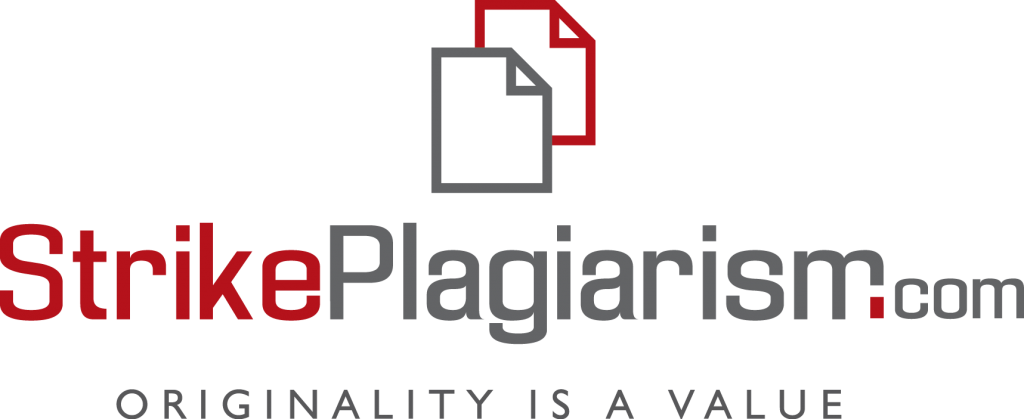PERSON-GROUP FIT: A LITERATURE REVIEW FROM 1990 TO 2024
DOI:
https://doi.org/10.32782/psy-visnyk/2025.2.34Keywords:
person–Group Fit, value Congruence, psychological safety, еmployee turnover, hybrid teams, literature reviewAbstract
Person–group fit describes the extent to which an employee’s values, competencies, and behavioral norms align with the micro-culture of the team and is increasingly viewed as a critical driver of effectiveness in today’s hybrid organizations. Yet a comprehensive synthesis of the construct’s conceptual evolution, measurement approaches, and empirical evidence has been lacking. This study addresses that gap through a literature review covering the period from 1990 to 2024. We filtered 742 records from Scopus, Web of Science, and Google Scholar; 32 peer-reviewed empirical articles met the criteria of operationalizing person-group fit separately and assessing at least one individual or group outcome. Publication trends show exponential growth in interest, from 144 mentions in 1990 to 3,170 in 2023, mirroring organizations’ shift toward project-based and remote teams. Value congruence, relational demography, and leadership style emerge as primary antecedents of person-group fit, while job satisfaction, engagement, creativity, and reduced turnover are the most consistent outcomes. The strength of these relationships depends on psychological safety, social cohesion, knowledge sharing, national culture, and the team’s developmental stage. Research on small and medium-sized enterprises, start-ups, and virtual teams remains fragmentary, and the variety of person-group fit metrics complicates knowledge accumulation. Practical recommendations include combining value-based screening in recruitment with planned competency supplementation and continuous monitoring of psychological safety. Future studies should prioritize longitudinal multilevel designs, measurement standardization, and examinations of person-group fit in predominantly online or hybrid teams, as well as in low-resource cultural settings where hierarchy, collectivism, and leadership norms may differ markedly from Western corporate contexts.
References
Kristof A. L. Person-organization fit: an integrative review of its conceptualizations, measurement, and implications. Personnel psychology. 1996. Vol. 49, no. 1. P. 1–49.
Seong J. Y., Kristof-Brown A. L., Park W. W., Hong D. S., Shin Y. Person-group fit: diversity antecedents, proximal outcomes, and performance at the group level. Journal of management. 2015. Vol. 41, no. 4. P. 1184–1213.
Herkes J., Ellis L. A., Churruca K., Braithwaite J. A cross-sectional study investigating the associations of person-organisation and person-group fit with staff outcomes in mental healthcare. BMJ open. 2019. Vol. 9, no. 9. e030669.
Kristof-Brown A. L., Zimmerman R. D., Johnson E. C. Consequences of individuals’ fit at work: a meta-analysis of person–job, person–organization, person–group, and person–supervisor fit. Personnel psychology. 2005. Vol. 58, no. 2. P. 281–342.
Sekiguchi T. Person-organization fit and person-job fit in employee selection: a review of the literature. Osaka keidai ronshu. 2004. Vol. 54, no. 6. P. 179–196.
Kristof-Brown A., Schneider B., Su R. Person-organization fit theory and research: conundrums, conclusions, and calls to action. Personnel psychology. 2023. Vol. 76, no. 2. P. 375–412.
Werbel J. D., Johnson D. J. The use of person-group fit for employment selection: a missing link in person–environment fit. Human resource management. 2001. Vol. 40, no. 3. P. 227–240.
Tricco A. C., Lillie E., Zarin W., O’Brien K. K., Colquhoun H., Levac D. et al. PRISMA extension for scoping reviews (PRISMA-ScR): checklist and explanation. Annals of internal medicine. 2018. Vol. 169, no. 7. P. 467–473.
O’Reilly C. A. III, Chatman J., Caldwell D. F. People and organizational culture: a profile comparison approach to assessing person-organization fit. Academy of management journal. 1991. Vol. 34, no. 3. P. 487–516.
Seong J. Y., Kristof-Brown A. L. Testing multidimensional models of person-group fit. Journal of managerial psychology. 2012. Vol. 27, no. 6. P. 536–556.
Elfenbein H. A., O’Reilly C. A. III. Fitting in: the effects of relational demography and person-culture fit on group process and performance. Group & organization management. 2007. Vol. 32, no. 1. P. 109–142.
DeRue D. S., Morgeson F. P. Stability and change in person-team and person-role fit over time: the effects of growth satisfaction, performance, and general self-efficacy. Journal of applied psychology. 2007. Vol. 92, no. 5. P. 1242–1253.
Zhang L., Seong J. Y., Hong D. S. Interactive effects of person–group fit and team-member exchange in predicting continuous improvement. Sustainability. 2022. Vol. 14, no. 24. Article 16567.
Muchinsky P. M., Monahan C. J. What is person–environment congruence? supplementary versus complementary models of fit. Journal of vocational behavior. 1987. Vol. 31, no. 3. P. 268–277.
Schneider B. The people make the place. Personnel psychology. 1987. Vol. 40, no. 3. P. 437–453.






